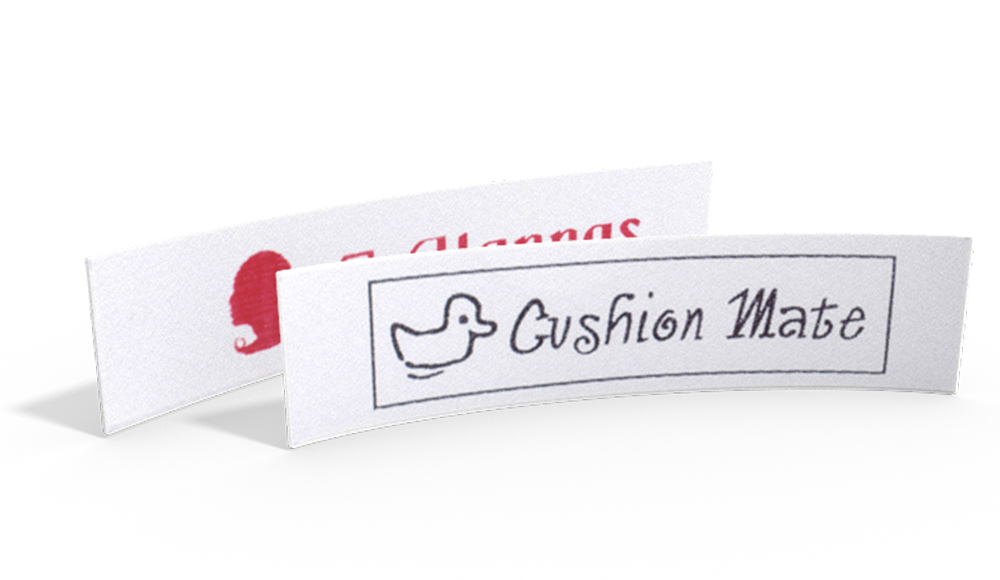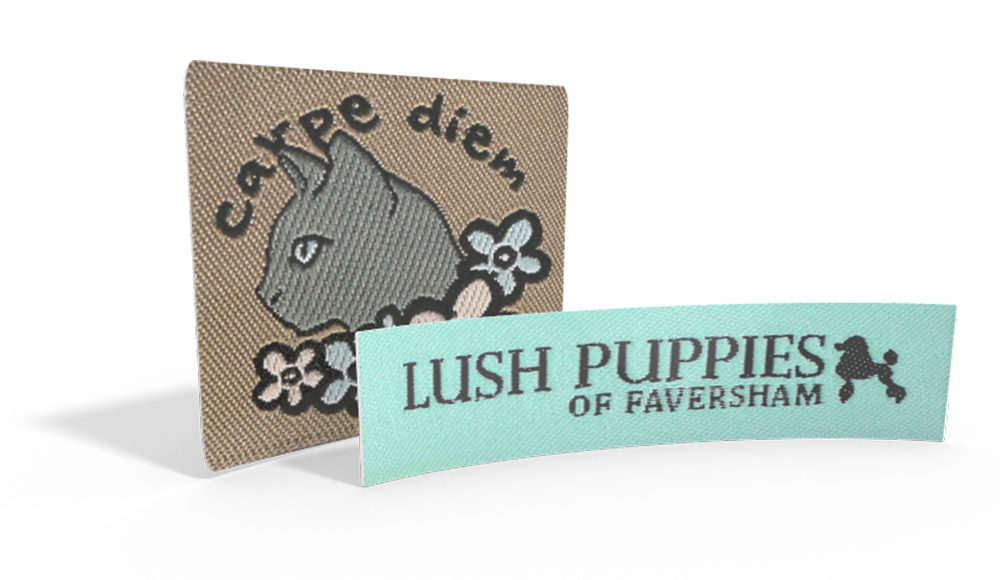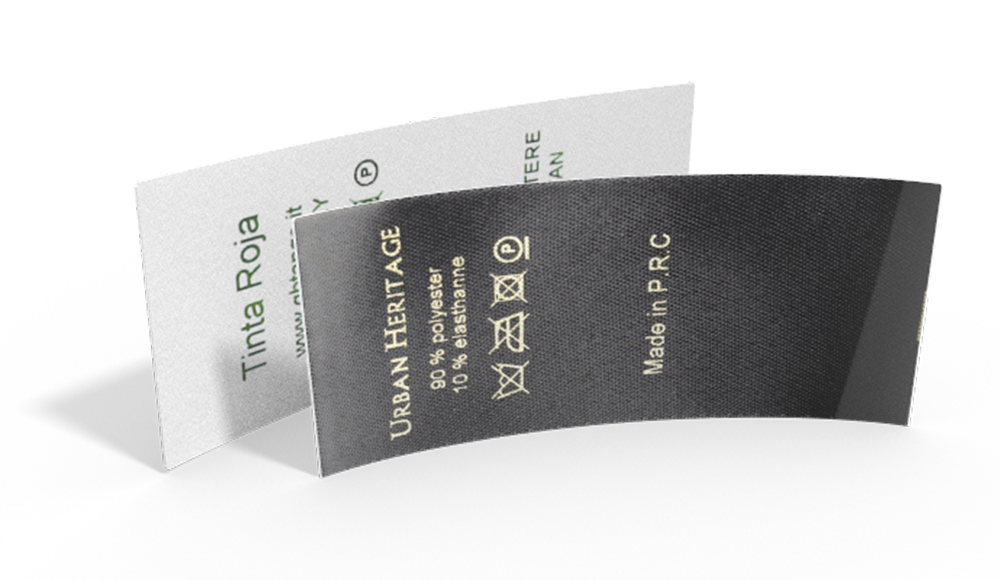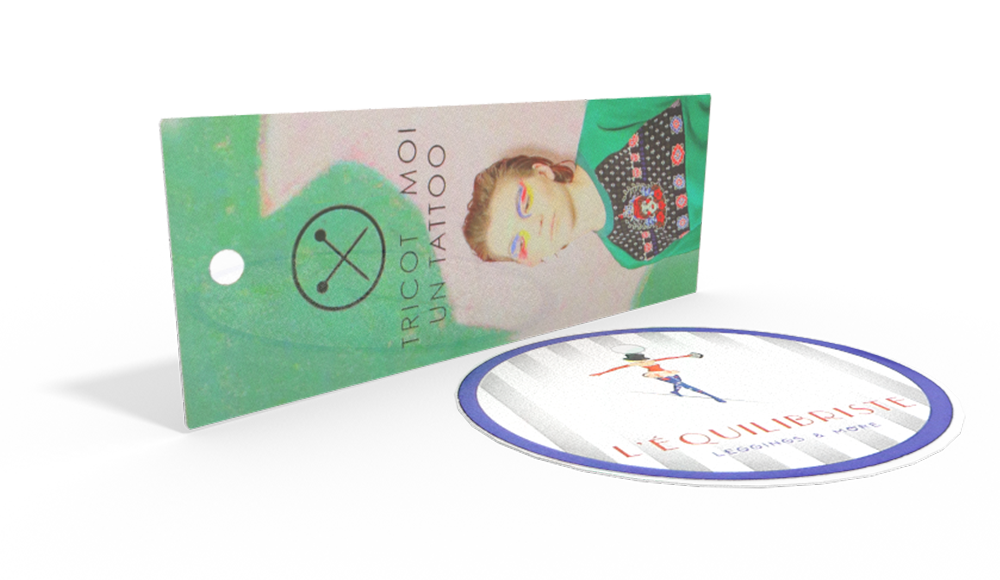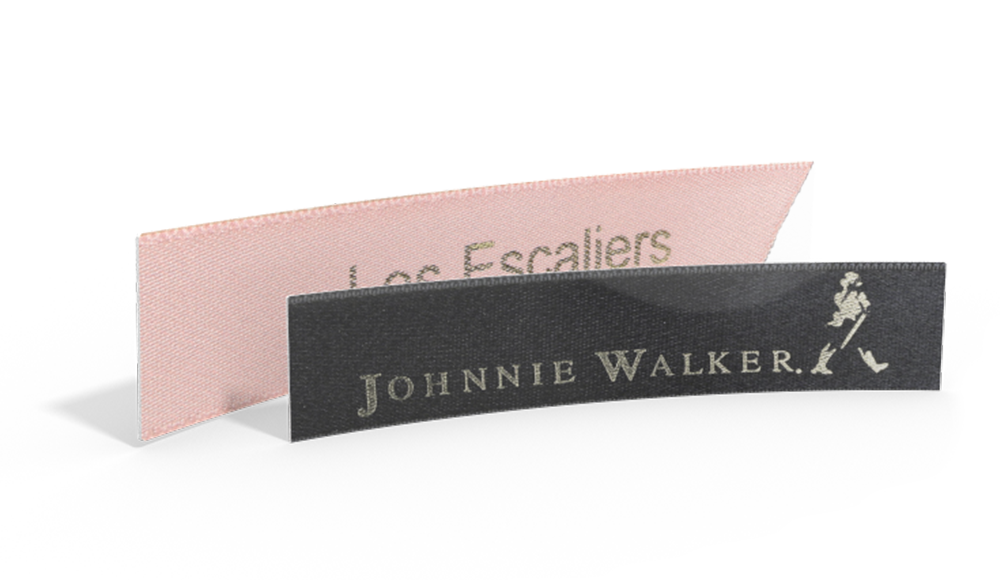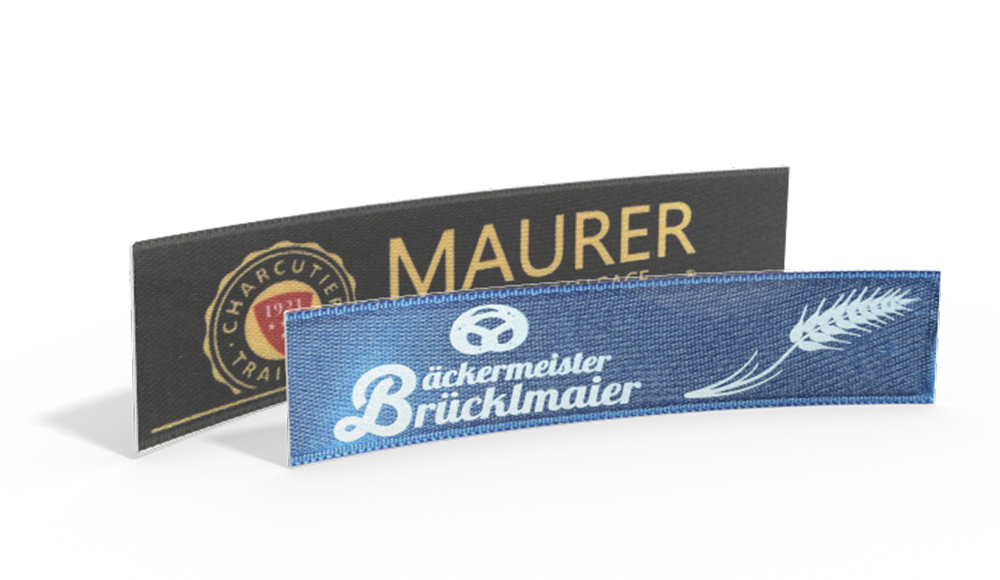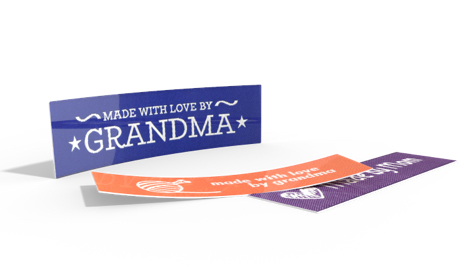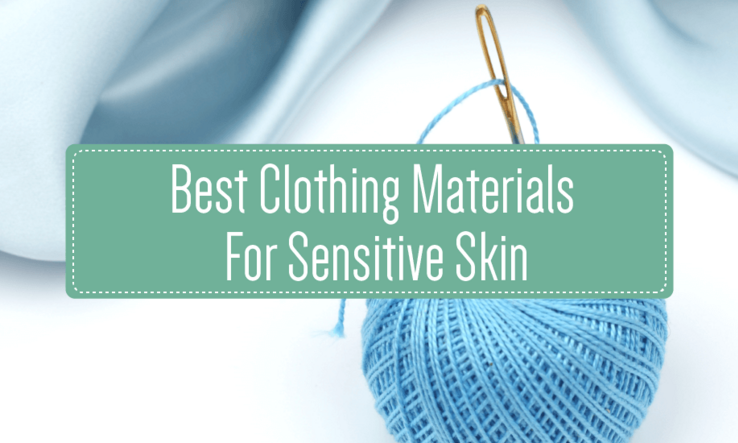If you've got sensitive skin, or conditions like eczema or psoriasis, you know what a nightmare it can be to find clothing that's comfortable enough to wear all day, but also still looks sharp! If you're not sure where to start, check out these easy tricks for getting that fashion-forward look without making skin conditions worse.
Natural Fibers
There are different types of fabric.
One of the most basic tips for sensitive-skin-friendly clothing is to avoid synthetic fibers like nylon and polyester. These don't "breathe" as well as natural fibers, and that can cause irritation and discomfort even for people without sensitive skin! Instead, opt for fabrics made from cotton or silk. These fibers have a smooth feel and a natural wicking action that keeps moisture away from the skin Cotton is commonly used for both woven and knitted fabrics, so you'll have plenty of options whether you're buying fabrics to sew at home, or looking for ready-to-wear items at your favorite department store.
Keep in mind that just because a fiber is natural doesn't mean it will automatically be a good fit for sensitive skin. Wool may be too coarse and irritating depending on the type and how it has been processed. Fine, lightweight wool like cashmere is often a good choice, while wool felt, a common choice for hats, may not be as comfortable. Similar issues exist for linen, which can be found in both fine and coarse grades. It's also possible to be allergic to certain natural fabrics, so if you suspect that may be the source of your discomfort, it's best to talk to a doctor to determine exactly what fibers you need to avoid.
Tips and Techniques
If you're designing and sewing garments for people with sensitive skin, there are a few tricks to making sure comfort is built in from the start. Make sure to use natural-fiber thread, especially for any decorative stitching, and use techniques like a French seam to finish the raw edges of seams on the inside of garments so they don't rub and cause irritation.
Sewing for people with sensitive skin is also a great opportunity to practice your tailoring skills. You want to avoid clothing that pinches and binds, or that chafes and causes discomfort. Most of these issues aren't inherent in good clothing—they're a product of a ready-to-wear culture that limits the number of body shapes to "Small," "Medium," and "Large." By taking the time to get a great fit, you can create clothing that doesn't rely on being loose and shapeless to be comfortable!
Dyes, Detergents, and Sizing
While these factors tend to be less of an issue for handmade garments, they're still something to keep in mind. For example, if a new cotton or silk blouse is causing discomfort even though other cotton and silk garments are fine to wear, chances are it's not the fiber that's the problem. Typically, dyes and sizing are only an issue until the garment has been washed several times. If a new clothing item is causing problems, first try washing it. Make sure to follow the care instructions and avoid using any detergents with dyes or scents, since these can be triggers for sensitivity as well. Add an extra rinse cycle to make sure you've removed any lingering detergent residue, and dry according to the care instructions. Again, avoid using any fabric softeners or anti-static sheets in the dryer. Instead, try balls of wool felt, which can help reduce static without leaving a residue on your clothing. Starching clothing might give it extra crispness, but it can also be a problem for sensitive skin. Instead, iron according to care instructions shortly before wearing for a just-pressed look.
For items like overcoats, suits, and dresses that can't be tossed in the washer, dry-cleaning might pose a problem. Some of the chemicals and processes used in dry-cleaning can be irritating to those with allergies or skin conditions. Look for a dry-cleaner that uses liquid carbon dioxide to clean clothes instead of other solvents. This leaves behind no troublesome residue, and is better for the environment as well!
Tags and Embellishments
As much as you want your clothing to be comfortable, a big part of fashion is, well, looking fashionable! And that means you'll probably want at least a few pieces with a bit of embellishment. For people with sensitive skin, however, these additions can cause discomfort even if they're on the outside of the clothing and not directly in contact with the skin. For embellishments like embroidery, sequins, rhinestones, or studs, this is because of the threads or metal prongs that do appear on the inside of the garment. This is especially true of any metallic decorations that contain nickel, which is a common allergen for many people. For ready-to-wear clothes, avoid this problem by reserving these kinds of embellishments for outerwear. When making items for yourself, use appliques stitched to your finished garment with cotton thread to add style without discomfort.
Many ready-to-wear clothing lines are opting for screen-printed labels, which is great for those with sensitive skin, but impractical for labeling garments you make yourself. Since it's important to keep track of the care instructions for the fabrics and embellishments you used, simply bypassing a tag isn't a great option. Instead, think about where you place your tags. A small label at the hem of a shirt, rather than the back of the collar, is much less likely to cause irritation, and you'll still be able to keep track of important care information. This is also a must for branding if you make your sensitive-skin-friendly garments to sell!
Having sensitive skin can be uncomfortable and even embarrassing, especially if you're self-conscious about your appearance. Worrying about whether a new item will cause you discomfort really takes all the fun and enjoyment out of a shopping trip with friends! With these simple tips in mind, however, you can find, and create, fashionable clothing that makes you look and feel great.


